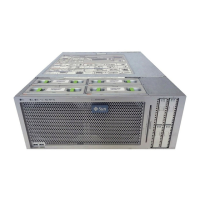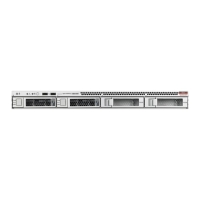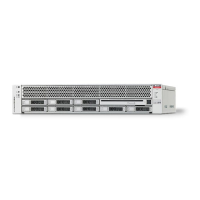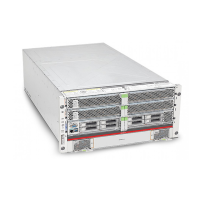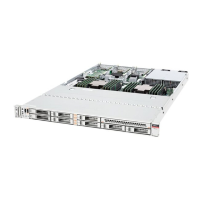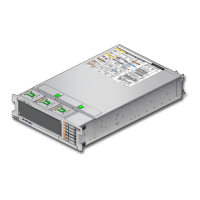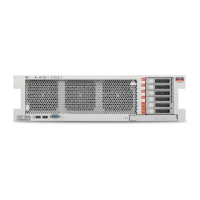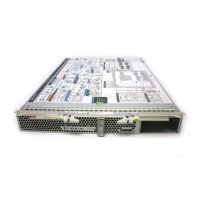Understanding the Software Configurations
■
CPU0:
■
PCIe slot 1, port 0 (active)
■
PCIe slot 1, port 1 (standby)
■
CPU1:
■
PCIe slot 9, port 0 (active)
■
PCIe slot 9, port 1 (standby)
■
CPU2:
■
PCIe slot 2, port 0 (active)
■
PCIe slot 2, port 1 (standby)
■
CPU3:
■
PCIe slot 10, port 0 (active)
■
PCIe slot 10, port 1 (standby)
■
CPU4:
■
PCIe slot 5, port 0 (active)
■
PCIe slot 5, port 1 (standby)
■
CPU5:
■
PCIe slot 13, port 0 (active)
■
PCIe slot 13, port 1 (standby)
■
CPU6:
■
PCIe slot 6, port 0 (active)
■
PCIe slot 6, port 1 (standby)
■
CPU7:
■
PCIe slot 14, port 0 (active)
■
PCIe slot 14, port 1 (standby)
A single data address is used to access these two physical ports. That data address allows traffic
to continue flowing to the ports in the IPMP group, even if the connection to one of the two
ports on the 10-GbE NIC fails.
Note - You can also connect just one port in each IPMP group to the 10-GbE network rather
than both ports, if you are limited in the number of 10-GbE connections that you can make to
your 10-GbE network. However, you will not have the redundancy and increased bandwidth in
this case.
InfiniBand Network
The connections to the InfiniBand network vary, depending on the type of domain:
Understanding the System 83
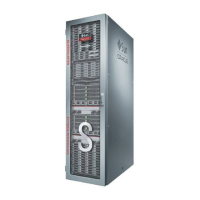
